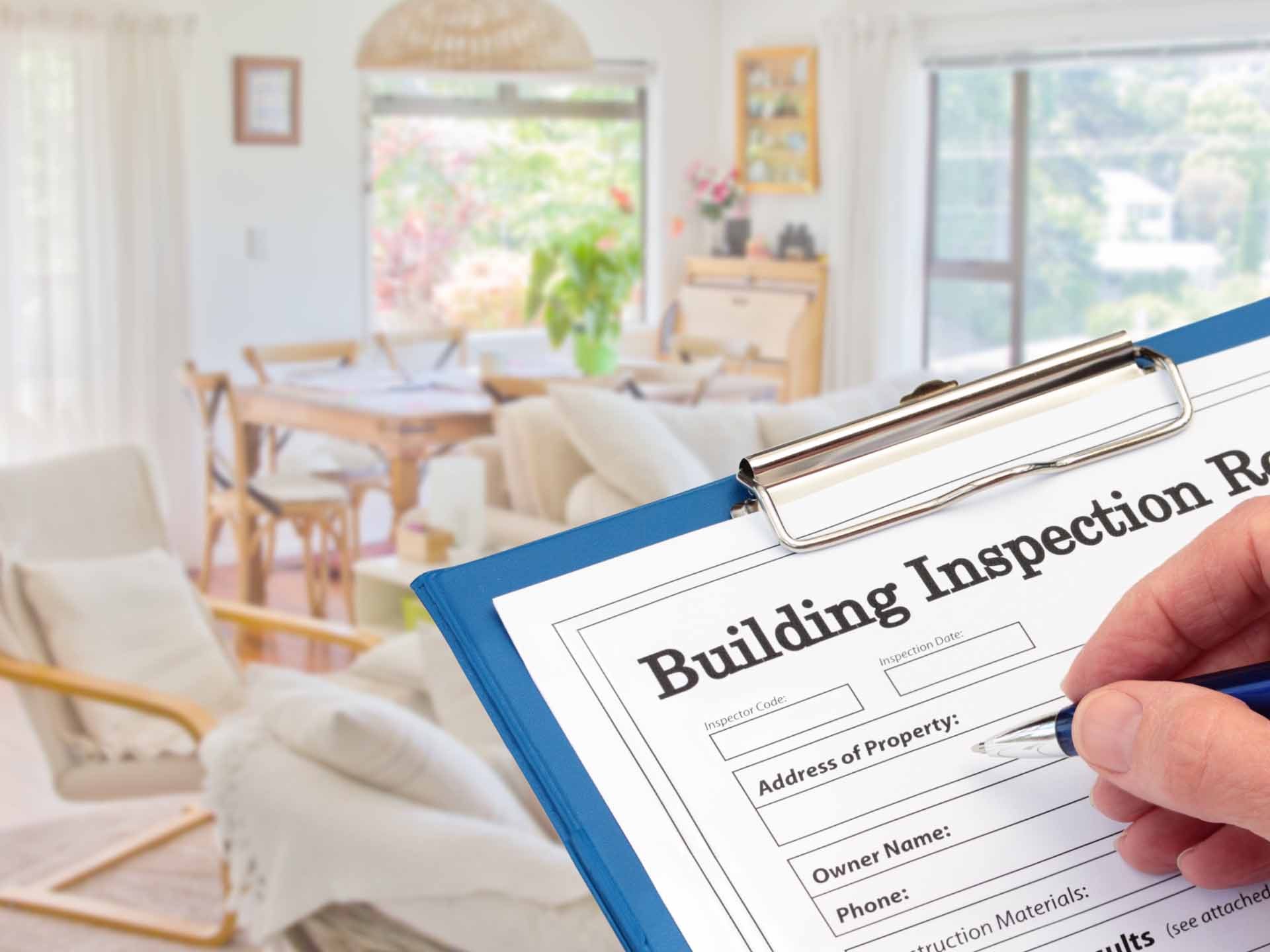How to inspect the building inspector

A growing number of South Australians are opting for a pre-purchase inspection to provide greater peace of mind when buying a home, but how do you sort out an experienced operator from a backyard cowboy?
Check credentials
An experienced building inspector will carefully examine the accessible areas of a home for defects. A building inspection must comply with Australian Standard AS 4349.1-2007, so an inspector must have the experience to evaluate a property and prepare a report that details the information required in the standard. Make sure they are also insured.
Bang for buck
An inspection should include examination of the building externals, internal walls, doors and windows, flooring and subfloor area, roof cavity and surface, gutters, electrical and plumbing fixtures. An inspector should also be looking for signs of water damage or termites.
Tools of the trade
A range of non-invasive tools are often used to help identify any issues. This can include thermal imaging cameras to pinpoint temperature variations or hot spots produced by termites, as well as showing wet spots indicating mould or timber rot. Electronic moisture meters are used to check for leaks or rising damp in wood and masonry.
Great expectations
Ask about the type of report you can expect and how quickly it will be provided. Enquire about a sample report to see if it is comprehensive and easy to understand. A report should list what was inspected, flag any defects found and offer some context or advice.
Ask questions
In discussions with your potential inspector, ask about their career history, experience and areas of expertise. Only a few inspectors are qualified to do a combined pest and building inspection or just one. Do they do more detailed inspections for asbestos or mould? Even ask for references of past clients and speak with them.
Know the limitations
Remember that an inspection is a visual assessment of a property and is based on a home’s condition at that time, compared to other buildings of the same construction and vintage. Heavy furniture or appliances may block an area to be inspected, or bad weather may prevent inspection of the roof, gutters or subfloor areas. The inspector should list in the report any areas not included and why they were not inspected. Because it is usually non-invasive, some hidden defects may not be readily identified during a ‘standard’ inspection.
More advice and information about the Association of Building Consultants at www.buildinginspectors.org.au








